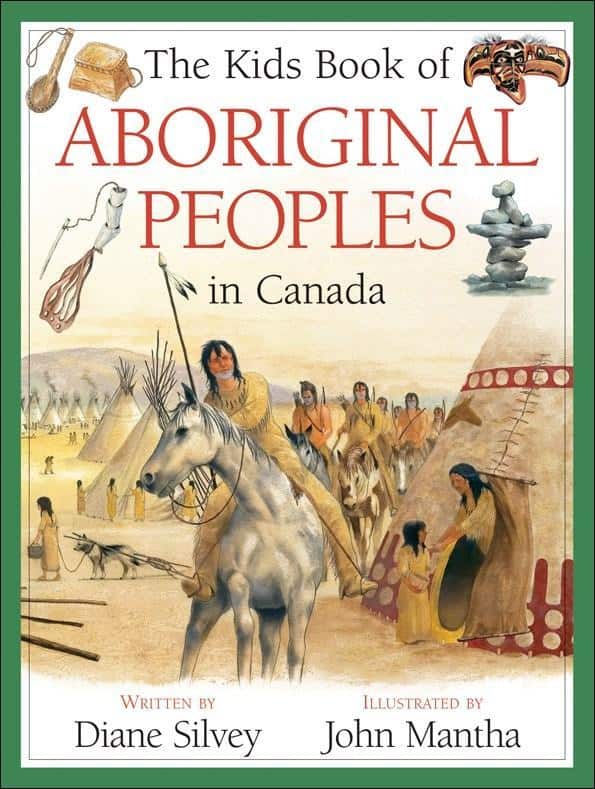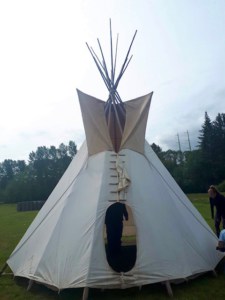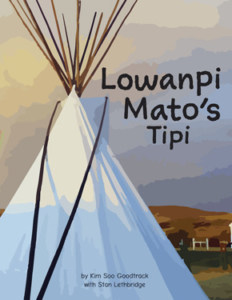Tipi
A conical skin-and-frame dwelling, the tipi was an easily moved yet substantial structure used by the nomadic Plains Aboriginal people. Used historically and perhaps prehistorically, the tipi was 4-6 metres in diameter at the base, tapered upward to form a smoke hole at the top. The frame was draped with a sewn cover of 8-12 buffalo skins arranged over as many as 20 poles.
The tipi averaged 7-8 m in height, with the entrance commonly facing east. Tipis in the 19th century were often large enough to house several nuclear families, and were embellished with embroidered quillwork and paint. Women erected and dismantled these dwellings, and they specialized in cutting and sewing the buffalo robes so that they would fit the conical frame. Outside the Plains area and around the western Great Lakes, a dome-shaped dwelling called a wigwam in the Algonquian languages, was constructed with bent poles and covered with birch bark, skins or mats. Text excerpt found here.
See map for cultural regions of Canada and where you can find the Plains people territory. Map found on page 4 in The Kids book of Aboriginal Peoples in Canada by Diane Silvey (available through the LRC and most school libraries.)

Tipi Building Instructions
- Did you know SD 71 Aboriginal Education has a tipi that you can bring to your school site?
- To book the tipi contact the Aboriginal Support Worker for your school.
- In the instructions below, Logan from Highland Secondary School, demonstrates how to put the tipi together for the Aboriginal Education Staff!
- Tipi Building Instructions


Lowanpi Mato’s Tipi by Kim Soo Goodtrack with Stan Lethbridge, is available for use when you borrow the tipi from Indigneous Education. It comes in the box with the tipi pegs.
“Hokahe! Welcome!”
Welcome to Wood Mountain, home of the Lakota People, in southern Saskatchewan. It is here that we meet Stan Lethbridge, whose ancestral name is Lowanpi Mato (Singing Bear).
Join Lowanpi Mato as he prepares to set up his summer Tipi. He shares with us Lakota life values and traditions, and how they connect to building and taking care of a Tipi. He teaches us that to build a Tipi you need many items; some are from natural sources and others are purchased from a store. Lowanpi Mato takes us through a step-by-step building process so that we can all learn how a Tipi is built.
The Lakota language is woven throughout the story. The Lakota counting chart on pages 30 and 31 invites you to learn to count and have some fun looking back through the book to find items that match each number.
How to Build a Tipi

